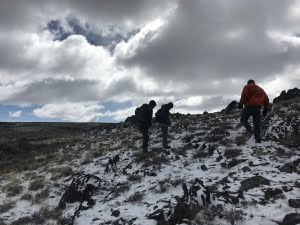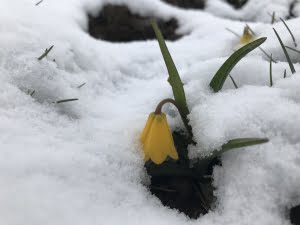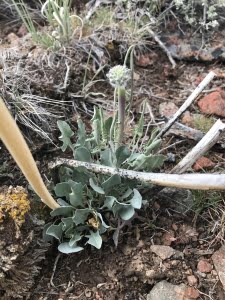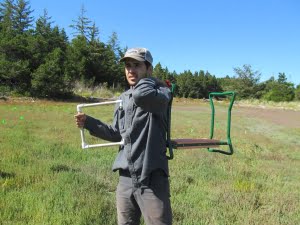
Botanizing in the Oregon Outback
Written by Nadav Mouallem and Clarissa Rodriguez
May 2018
This season IAE has expanded into new territory, with a crew based in Lakeview, OR. Unlike the lush forests west of the Cascades, Lakeview sits on the edge of Oregon’s high desert country and aptly calls itself “The Tallest Town in Oregon” (at elevation of 4,800 ft). Our crew consists of our crew lead, Meaghan, and us two botany technicians (Nadav and Clarissa).
Sagebrush communities are home to a diverse community of plants and animals. However, several sagebrush communities in the Great Basin area have been in danger of transitioning towards juniper woodlands. Juniper trees are out-competing many of the sagebrush species, and causing a transition in the ecosystem.
The Bureau of Land Management’s Lakeview District has made efforts to restore sagebrush communities to protect the Great Sage-Grouse (Centrocercus urophasianus), which feeds almost exclusively on sagebrush, by planning juniper removal projects. This is where we come in! Prior to the juniper removal, our Lakeview crew is on a mission to scout and survey for sensitive species to acquire an accurate count of populations, suitable habitat and any potential threats.

The weather is snow joke!
It may be spring, but winter is holding on in Lakeview, OR! We have already experienced a few snow days while out in the field which has made searching for our sensitive species a challenge. Luckily, the weather has started to warm up and we are beginning to see beautiful blooms!



Early Season Bloomers
We have been tracking our focal species based on phenology. Two of the species that we found that are early season bloomers are thickstem wild cabbage (Caulanthus crassicaulis) and Anderson’s buttercup (Ranunculus andersonii). The wild cabbage is currently in its vegetative state, however since it is a biennial/perennial, the dried remnants of last years stalk remain standing which has helped us in identifying this species. As for Anderson’s buttercup, this perennial forb favors dry rocky slopes, and is one of the earliest species we observed to be blooming this spring.


Meet the Lakeview crew!

I graduated from Reed College in Portland, OR with a BA in Environmental-Studies Biology in December 2016. During my time at Reed I developed a tremendous interest in botany and environmental studies. For my senior thesis, I studied the characteristics of extant and extinct non-native plant species in an effort to determine the traits that facilitate the persistence of non-native species in foreign environments. After graduation, I had the opportunity to work as an IAE Conservation Research Intern in 2017 and am so happy to be back as a Botany Technician searching for rare plants! Outside of academia, I enjoy spending time in the outdoors skating, hiking, and fishing.
-Nadav

I graduated from Cal Poly Pomona in June, 2017 with a B.S. in Environmental Biology, with an emphasis on Ecosystem Ecology and Management. While at Cal Poly, I became fascinated with botany, in particular plant ecology. Following graduation, I worked at Rancho Santa Ana Botanic Garden focusing on restoration and conservation of California native plants within US Forest Service land. When I am not on the clock, I enjoy hiking, biking, snowboarding, sight-seeing/traveling and playing with my pug. I'm excited to have the opportunity to gain more botanical experience in the beautiful state of Oregon.
-Clarissa
Photos from the Field!
Restoration
Research
Education
Get Involved
Contact
Main Office:
4950 SW Hout Street
Corvallis, OR 97333-9598
541-753-3099
[email protected]
Southwest Office:
1202 Parkway Dr. Suite B
Santa Fe, NM 87507
(505) 490-4910
[email protected]
© 2024 Institute for Applied Ecology | Privacy Policy